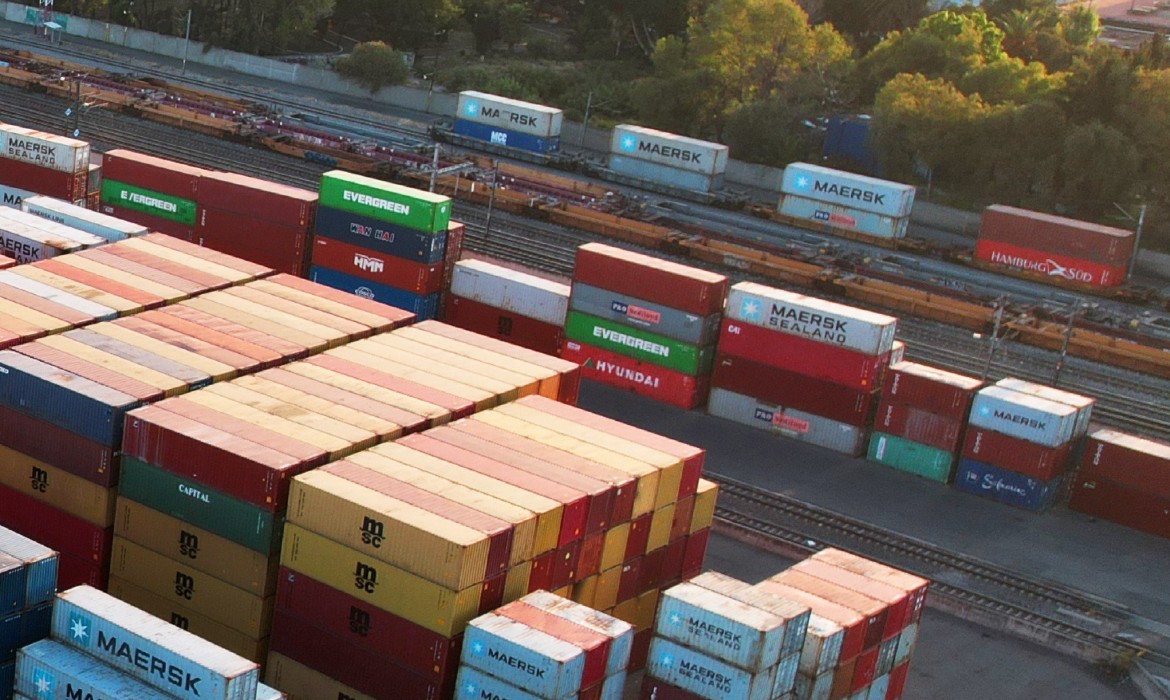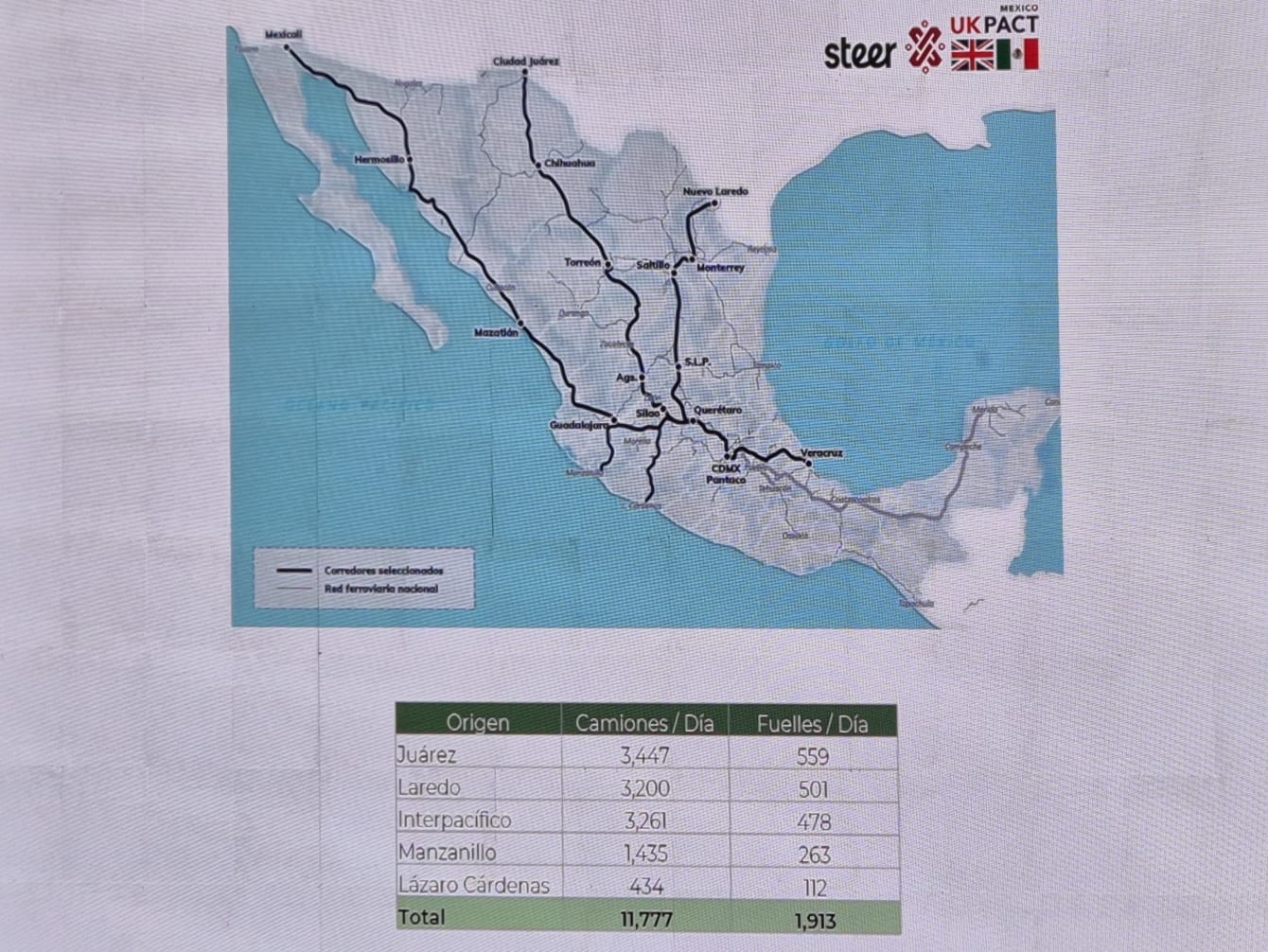
Railway and Terminal of the Valley of Mexico (Ferrovalle) aims to onboard the cargo transported through over 12 thousand units of road transport via five main feeder corridors of the Valley of Mexico and Mexico City.
Francisco Fabila, general manager of the company, explained in an interview with T21 that this modal shift is to support road transport on long-haul journeys through the true vocation of the railway and to have that volume at the terminal.
He explained that together with the Government of Mexico City and consultancy firm Steer Davies, they conducted a study to explore options for maximizing the infrastructure of Ferrovalle Intermodal.
This was done by understanding the flows feeding the Valley of Mexico and identifying where the cargo capable of migrating to the intermodal system is located, entering this entity, but via rail.

It’s a big number, the reality is tough, but that’s what the study reveals. You have the Pacific, northeast, and highway corridors, and those are the loads. We identified them by type of cargo and which ones could potentially be moved into containers; grain, corn, mainly finished products,” he said.
Without going into further detail, he mentioned that the study also discusses the investments needed in infrastructure, as well as implementing public policy “to make this a reality.”
He mentioned that they have met with different administrations, even those involved in the political change that the country will undergo in the upcoming elections.
“We’re discussing this with different administrations, there will be changes, but we’re already starting to talk about it with everyone. This is an ongoing topic, and the major railways are interested in moving cargo from the source and continuing to supply the entire Valley of Mexico,” he said.
He reiterated that this intermodal shift will maximize the different modes of transportation, where rail is more efficient over distances of more than 600 kilometers.
“A dedicated intermodal train, over more than 600 kilometers up to a thousand or two thousand kilometers, fulfills its purpose, and the operational efficiency gained by the user in terms of cost is very significant compared to moving it by road,” he said.
Comment and follow us on X: @evandeltoro / @GrupoT21














